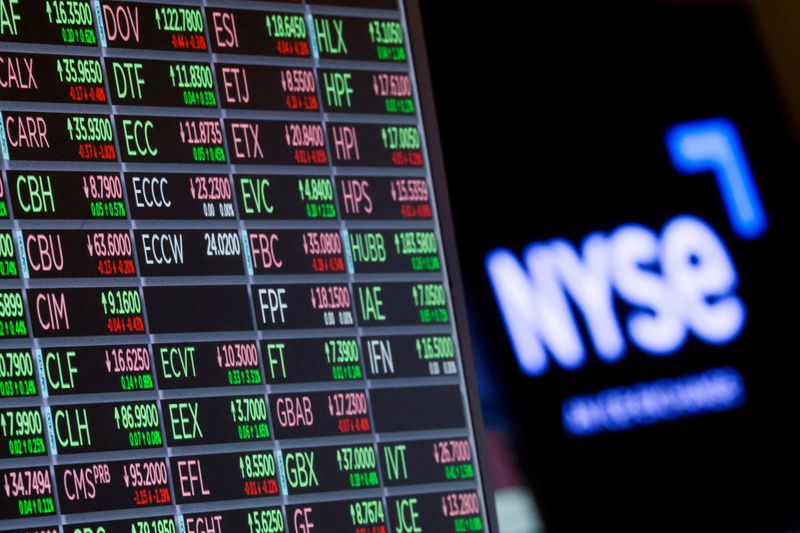Two National Guard members shot near White House
Investing.com -- UBS Chief Investment Officer Mark Haefele expects global equities to advance steadily into 2026, supported by broad-based earnings growth and a constructive macro backdrop.
“We expect global equities to rise by around 15% by the end of 2026,” Haefele said, adding that investors underallocated to stocks should boost their exposure.
The strategist pointed to ongoing strength across regions and sectors, noting positive views on U.S. tech and broader U.S. equities, as well as opportunities in healthcare, utilities, banking, Europe, Japan, China, and emerging markets.
The U.S. remains central to the outlook. Haefele expects strong earnings growth, high profitability, and the accelerating impact of AI, power and resources, and longevity to drive performance next year. Healthy consumer demand, supportive monetary policy, and fiscal support also underpin the forecast.
UBS projects S&P 500 earnings per share to reach $305 in 2026, a 10% year-over-year increase, and sees the index rising to 7,700 by year-end. As in recent years, the Magnificent 7 are expected to play a key role, contributing to around half of the bank’s earnings growth forecasts.
The bank projects U.S. real GDP growth of close to 2% in 2026, similar to 2025, though underlying trends point to acceleration later in the year.
A soft patch may emerge as 2026 begins, Haefele said, with tariff-related pressures weighing on prices and exports and labor market conditions staying subdued due to reduced labor supply and more cautious hiring.
Growth, however, is expected to pick up in the second half. Business sentiment should improve as midterm elections approach, supported by a shift toward targeted tax cuts and deregulation, the strategists said.
Consumer demand is also expected to remain solid, lifted by steady wage growth and healthy balance sheets across middle- and upper-income households.
UBS forecasts inflation to peak in the second quarter at just over 3%. It anticipates two additional Federal Reserve rate cuts by the end of the first quarter as policy moves toward a neutral stance.
While the appointment of a new Fed chair could introduce uncertainty, monetary policy should remain data-dependent, Haefele said.
